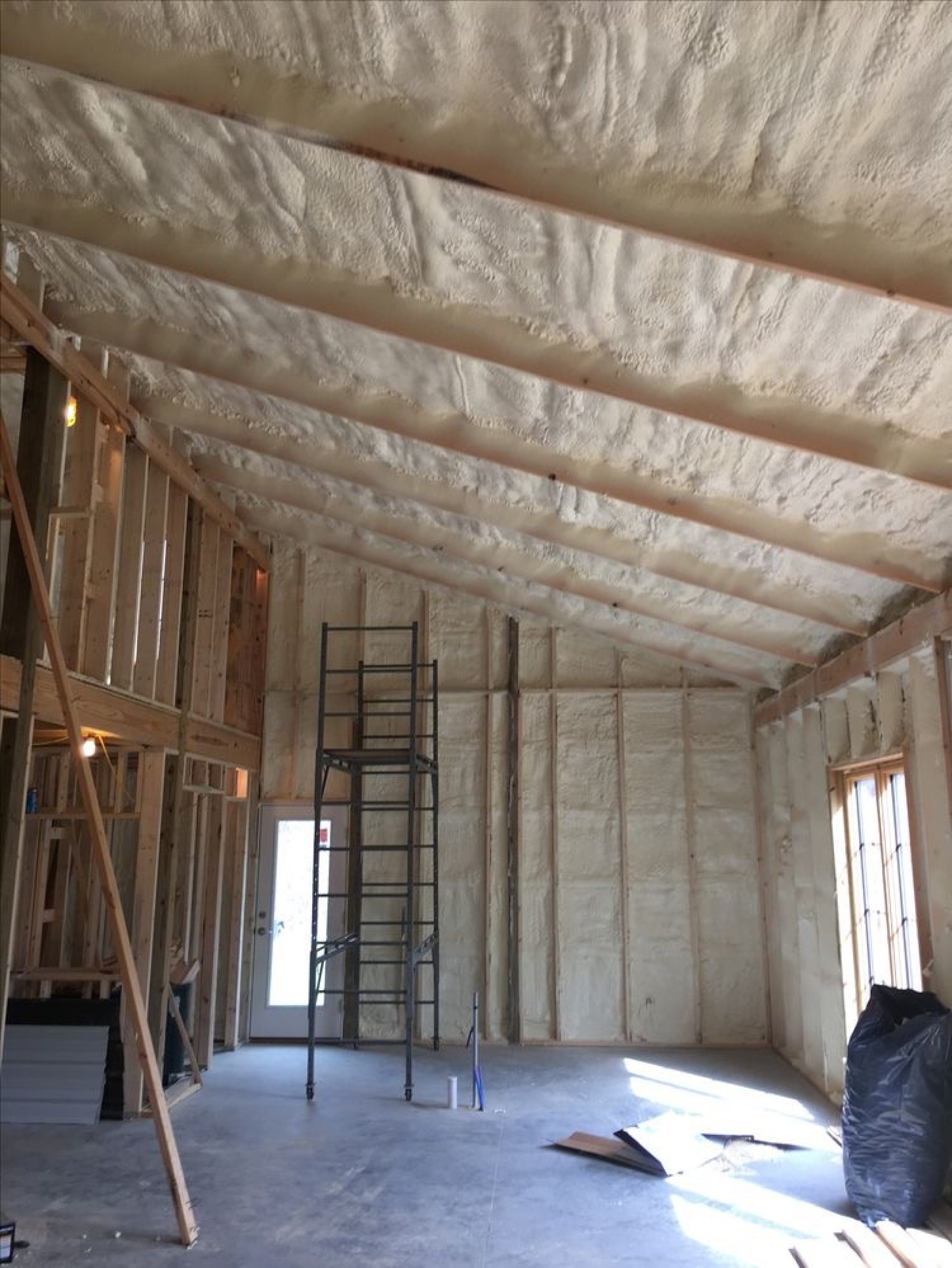WHAT:
Blankets in the form of batts are the most common form of insulation used today. Batting generally consist of fluffy fiberglass in sections of 15 to 23 inches wide and 4 to 8 feet long to fit joist and stud spaces. Batting is moisture and fire resistant.
Fiberglass batts have been manufactured in the United States since 1897, and are made from silica, sand, and limestone that have been fused together. It is generally manufactured by melting the sand and recycled glass into glass fibers. These fibers are then held together with a binding component.
Fiberglass building insulation is a light-density fiberglass blanket used in residential and commercial construction for thermal and acoustical insulation of walls, ceilings, and floors. Thermal batts insulation is designed to dramatically increase the thermal resistance of exterior walls or roof assemblies. Thermal batts are sized for use in either wood or metal stud constructions. Unfaced insulation is manufactured in increased widths to permit pressure fit installation into wall cavities.
BENEFITS:
In addition to its recycled content, fiberglass has other advantages. It is inherently non-combustible and not subject to pests, making it the least chemically treated insulation. Mineral oil and silicone are commonly added to control dust. Most fiberglass batt have a good thermal efficiency and are at an R15 to R28 rating. In addition, fiberglass batts are non-corrosive, don’t absorb moisture, and typically the least expensive insulation option.
Fiberglass insulation batts come a several varieties, and have estimated R-values as follows:
Standard Batts
- R-11 at 3.5 inches
- R-13 at 3.5 inches
- R-19 at 6.25 inches
- R-30 at 10 inches
- R-38 at 12 inches
High Density Batts
- R-15 at 3.5 inches
- R-21 at 5.5 inches
- R-30 at 8.25 inches
- R-38 at 10 inches
PROCESS:
Proper fiberglass batt insulation is surprisingly difficult! Many insulation contractors seem to follow the ever common “shove it and stuff it” method whereby little attention is given to properly cutting and fitting the batts correctly into the stud cavities. Central Insulation keeps a close eye on quality when installing fiberglass batting, because we know that poor installation can easily reduce insulation performance by up to 50%! Key components of proper installation include making sure the batts are cut to properly fit in stud spaces, and that the batts are not overly compressed or squished when installed.
The unfortunate paradigm with fiberglass batting is that even when great efforts are made for a “perfect” installation, construction variables often make that nearly impossible. This reality leaves even the highest-quality fiberglass batt installations susceptible to reduced insulation performance. In fact, building science studies show that R-19 fiberglass batts installed as correctly as possible only performed to an R-13.2 insulating value.*
*NEED LINK TO ARTICLE HERE.
OTHER THINGS TO CONSIDER:
Given the inherent issues with fiberglass batting, more builders and homeowners are insisting on insulation products that deliver the high performance they expect and have paid for. The Blown-In-Blanket System®, for instance, eliminates the potential for voids and gaps and provides dependable R-Value. It provides other benefits, too, by reducing drafts and sound transmission and increasing fire resistance.
